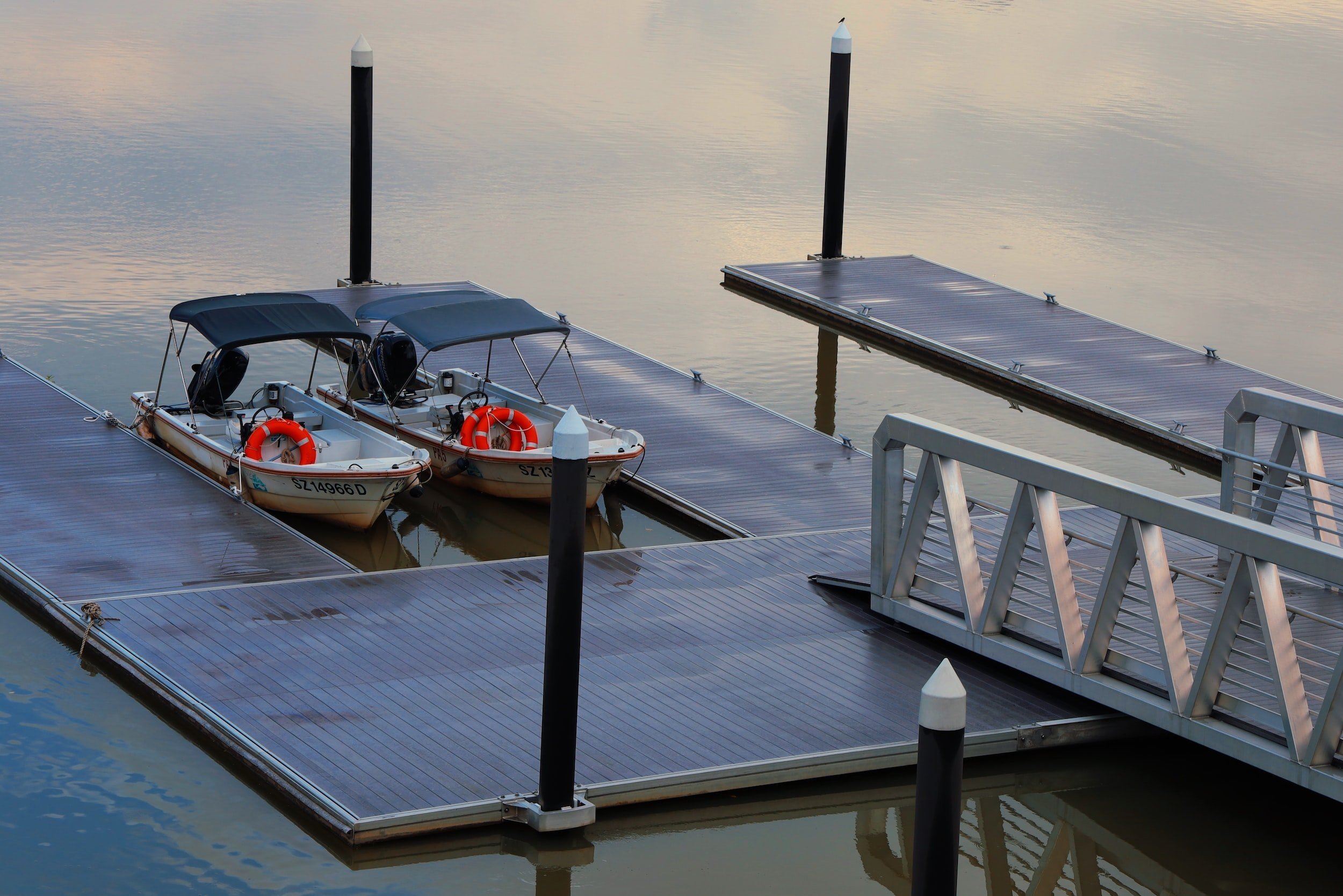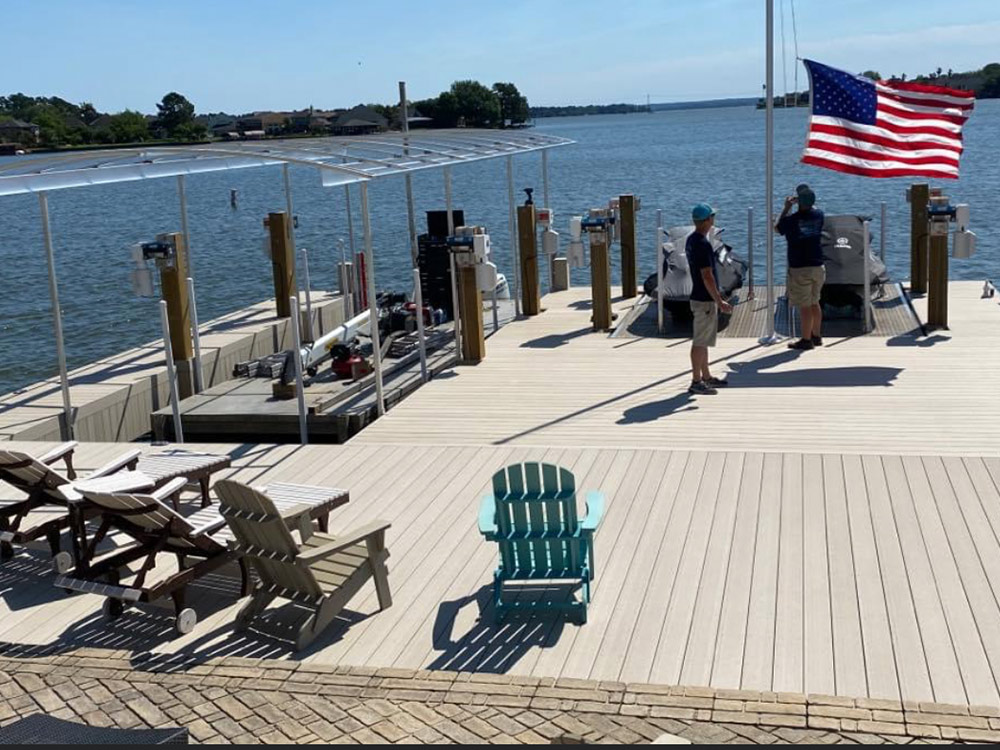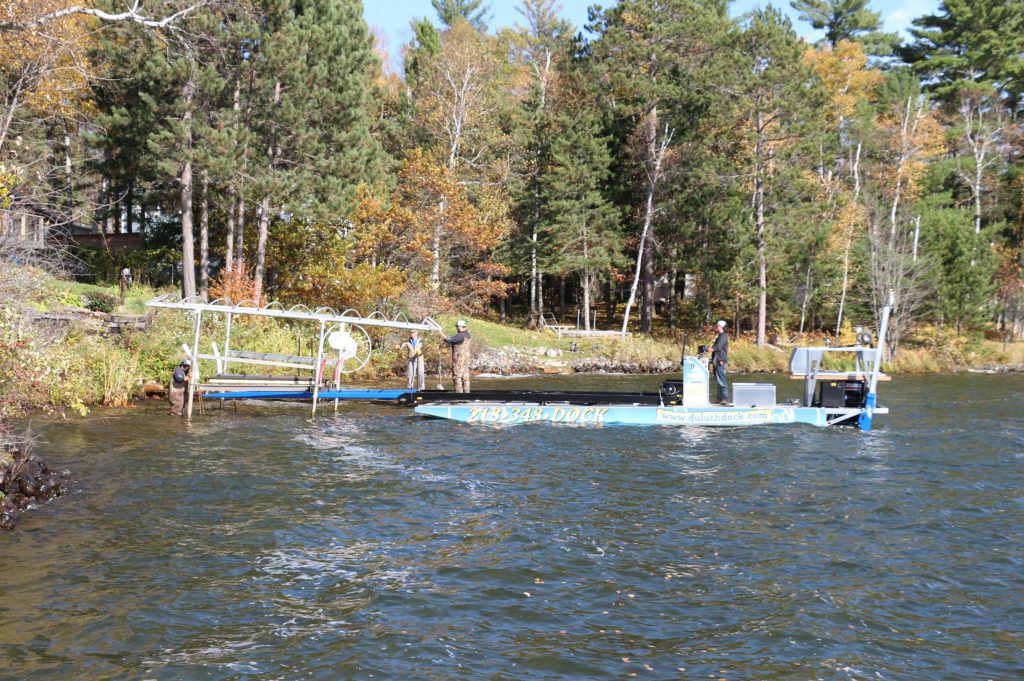Comprehending the Costs Involved in Dock Repairs
Comprehending the Costs Involved in Dock Repairs
Blog Article
Efficient Dock Repair Techniques: Making Sure Architectural Honesty
Guaranteeing the architectural integrity of anchors through efficient repair techniques is extremely important for the durability and safety and security of marine facilities. This includes a multi-faceted approach starting with extensive examinations using advanced technologies like finder tools and from another location ran lorries (ROVs) to detect both visible and hid damages. Ultimately, choosing the best repair products, such as corrosion-resistant alloys and composite products, is important for longevity. Architectural support techniques, including the implementation of cross-bracing systems and load-distribution plates, play an essential function in mitigating tension points. The value of these methods ends up being apparent when exploring innovative fixing approaches and preventative upkeep approaches.
Assessing Dock Damage
Analyzing dock damage is an essential primary step in making sure the architectural integrity and safety and security of any docking center. This first evaluation entails a comprehensive examination to recognize both visible and covert problems. Secret facets to examine include the dock's foundation, pilings, decking, and hardware. Each element needs to be looked at for indicators of wear, rot, deterioration, or various other kinds of degradation that could compromise the structural integrity.
Structural engineers or certified assessors commonly execute these analyses utilizing specialized methods and tools. Underwater evaluations may employ sonar devices or remotely ran automobiles (ROVs) to detect immersed damages. Above water, aesthetic inspections are enhanced by utilizing moisture meters and various other diagnostic tools to reveal underlying problems not right away visible to the nude eye.

Finding Fixing Products
Selecting the suitable repair service products is a crucial action in the dock restoration process, one that directly influences the durability and efficiency of the repaired framework. Product choice need to be driven by aspects such as ecological problems, load-bearing demands, and compatibility with existing dock elements. For circumstances, timber is a typical selection for anchors as a result of its all-natural durability and aesthetic charm. Nonetheless, picking the ideal sort of wood, such as pressure-treated lumber or naturally rot-resistant varieties like cedar or teak wood, is critical to hold up against marine atmospheres.
In addition to timber, composite materials are increasingly preferred because of their sturdiness and low upkeep demands. Composites, normally made from a blend of plastic and timber fibers, use outstanding resistance to rot, insects, and UV damages. For metal docks, picking corrosion-resistant alloys such as galvanized steel or marine-grade light weight aluminum is vital to prevent corrosion and ensure structural honesty in saline water conditions.
Epoxy resins and marine-grade sealers are indispensable for repairing splits and securing joints, offering a water resistant obstacle and enhancing the dock's general stamina. By diligently selecting top notch products, dock repair work can accomplish durable outcomes, thus securing versus future destruction and guaranteeing risk-free, trusted use.
Structural Support Strategies
Efficient architectural reinforcement strategies are vital in ensuring the stability and longevity of dock fixings. This technique is especially effective for anchors revealed to heavy loads or rough ecological conditions.
One more necessary method is the application of fiber-reinforced polymers (FRP) These products use high strength-to-weight ratios and superb resistance to corrosion, making them perfect for strengthening concrete or wooden docks. FRP can be used in strips or sheets and adhered with epoxy materials to enhance structural honesty.
Supporting and securing systems also play an important role in architectural reinforcement. Cross-bracing, making use of metal or wood beam of lights, can neutralize lateral forces, lowering persuading and movement. Securing systems, such as helical piers or driven stacks, provide a stable structure by transferring go to my site loads to much deeper, much more stable dirt layers.
Lastly, the combination of load-distribution plates can assist distribute weight much more equally across the dock's surface area, minimizing local tension points. These techniques collectively make certain that anchors continue to be durable and safe, capable of enduring the rigors of their functional atmosphere.
Advanced Fixing Methods

One more sophisticated strategy entails undersea welding, which allows for repair work to be carried out without the demand to dewater the area. This approach is particularly advantageous for resolving structural problems in immersed dock parts, making certain minimal interruption to operations. Improved welding techniques, coupled with robotic systems, deliver precision and reliability, consequently prolonging the life-span of the dock.
Additionally, cathodic security systems are applied to prevent rust in metal dock structures. By making use of sacrificial anodes or impressed existing read the article systems, these techniques efficiently alleviate the electrochemical procedures that lead to material damage.
Lastly, advanced tracking modern technologies, such as structural health tracking (SHM) systems, offer real-time information on the problem of dock frameworks. These systems make it possible for aggressive maintenance and timely interventions, eventually making sure the long-term structural integrity of the dock.
Maintenance and Prevention
Maintenance and prevention are essential principles that underpin the long life and security of dock frameworks. Normal examinations are extremely important, enabling very early discovery of damage, possible weak points, and look what i found environmental effects. A proactive strategy, entailing regular checks for rust, rot, and architectural shifts, alleviates expensive repair work and extends the dock's functional life.
Safety nets ought to consist of applying safety finishes to steel elements to defend against rust and using cured wood to withstand decay. In addition, making certain proper drainage and ventilation can stop water buildup, which is a common source of structural destruction. Integrating top quality products and adhering to producer guidelines throughout building and construction and repair work phases likewise play essential functions in boosting resilience.

Training employees in dock upkeep finest methods guarantees consistent application of safety nets. Leveraging technical breakthroughs, such as drones for assessments and sensors for real-time monitoring, can further boost upkeep efforts. By prioritizing upkeep and prevention, dock owners can guarantee architectural honesty, operational safety, and cost-effective monitoring over the dock's life-span.
Final Thought
In verdict, preserving the architectural honesty of marine centers demands extensive dock fixing techniques. Advanced repair work methods, paired with routine upkeep techniques, guarantee the dock continues to be functional and secure under diverse environmental problems.
Making certain the structural honesty of docks via efficient fixing techniques is vital for the longevity and safety of marine facilities.Choosing the proper fixing products is a crucial action in the dock reconstruction procedure, one that directly influences the durability and efficiency of the fixed framework.Reliable structural reinforcement methods are critical in making certain the security and longevity of dock repairs. By focusing on upkeep and prevention, dock owners can make certain structural honesty, functional security, and cost-effective monitoring over the dock's lifespan.
In verdict, preserving the structural stability of aquatic facilities requires thorough dock repair work techniques.
Report this page